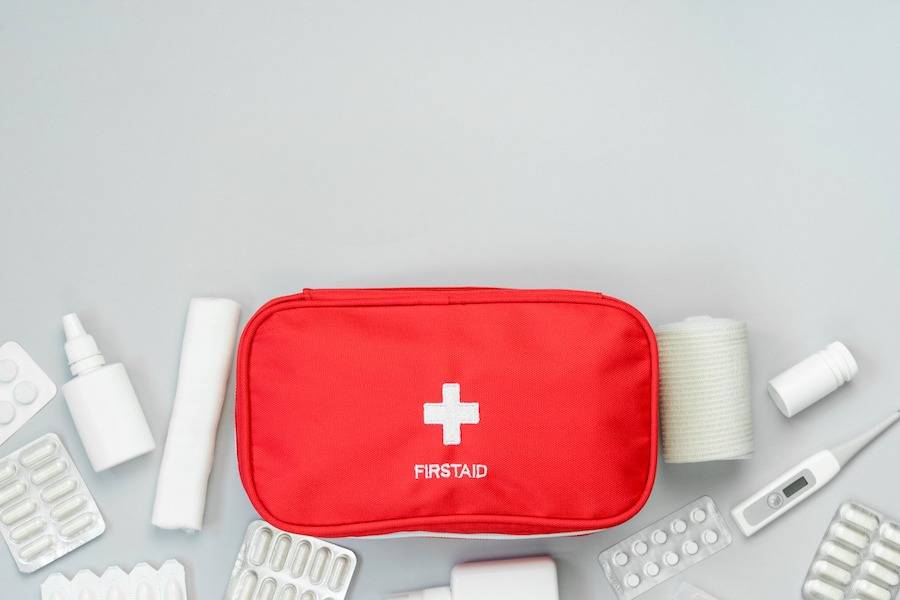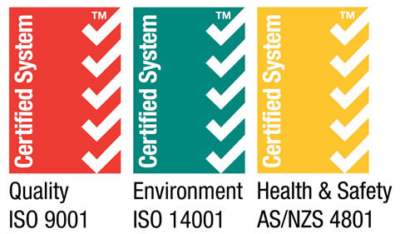Accidents and emergencies can strike at any time, and being prepared is key to mitigating their impact. In the context of a workplace, having a well-equipped first aid kit is not just a good practice; it’s a legal and ethical responsibility. Whether your workplace is a bustling office, a manufacturing unit, or a retail store, the presence of a properly stocked first aid kit can make a significant difference in providing immediate care until professional medical help arrives. In this article, we’ll delve into the reasons why every workplace needs a first aid kit and highlight the essential products that should be included.
The Importance of First Aid Kits in the Workplace
Rapid Response to Injuries: Accidents can occur unexpectedly, and immediate attention can significantly reduce the severity of injuries. A readily available first aid kit ensures that minor injuries can be treated on the spot, preventing them from escalating into more serious issues.
Legal and Regulatory Compliance: Australia has regulations in place that mandate employers to provide a safe and healthy work environment for their employees. This includes having proper first aid facilities and equipment accessible. Failing to comply with these regulations can lead to legal repercussions.
Employee Well-being: A workplace that prioritizes the well-being of its employees fosters a positive and caring environment. Having a well-stocked first aid kit sends a clear message to employees that their safety is valued.
Minimising Downtime: Injuries that are promptly treated can lead to quicker recovery times. This means less downtime for the affected employee, and consequently, better productivity for the company.
Essential First Aid Kit Contents
While the specific needs of each workplace may vary, a well-rounded first aid kit should include the following items:
Bandages and Dressings: Different sizes of adhesive bandages, sterile gauze pads, adhesive tape, and a variety of wound dressings are essential for treating cuts, scrapes, and larger wounds.
Antiseptics and Disinfectants: Alcohol wipes, hydrogen peroxide, and antiseptic creams are crucial for preventing infections in open wounds.
Medical Tools: Scissors, tweezers, and disposable gloves are essential for safe wound management and minimizing the risk of contamination.
Pain Relievers: Non-prescription pain relievers like ibuprofen and acetaminophen can provide immediate relief for minor aches and pains.
Emergency Equipment: CPR face shields, cold packs, and elastic bandages for sprains should be included to address more serious injuries until professional help arrives.
Medications: If any employees have specific medical conditions, keeping necessary medications in the first aid kit, with clear instructions, is vital.
First Aid Manual: A comprehensive first aid manual provides step-by-step guidance in handling a range of injuries and medical situations.
Emergency Contact Information: Display important phone numbers, such as local emergency services, nearby hospitals, and company contacts, prominently in the kit.
Maintenance and Training
A first aid kit is only effective if it’s well-maintained and employees know how to use its contents. Regularly check the kit for expired items and replace them promptly. Consider organizing training sessions on basic first aid techniques for employees, ensuring they are confident and capable of responding effectively in emergencies.
Conclusion
Incorporating a well-stocked first aid kit into your workplace is a small investment that yields immense returns. By demonstrating your commitment to employee safety, adhering to legal obligations, and providing the means to handle injuries effectively, you create an environment that prioritizes well-being. Remember, emergencies can happen when least expected, and having the right tools at hand can make all the difference.
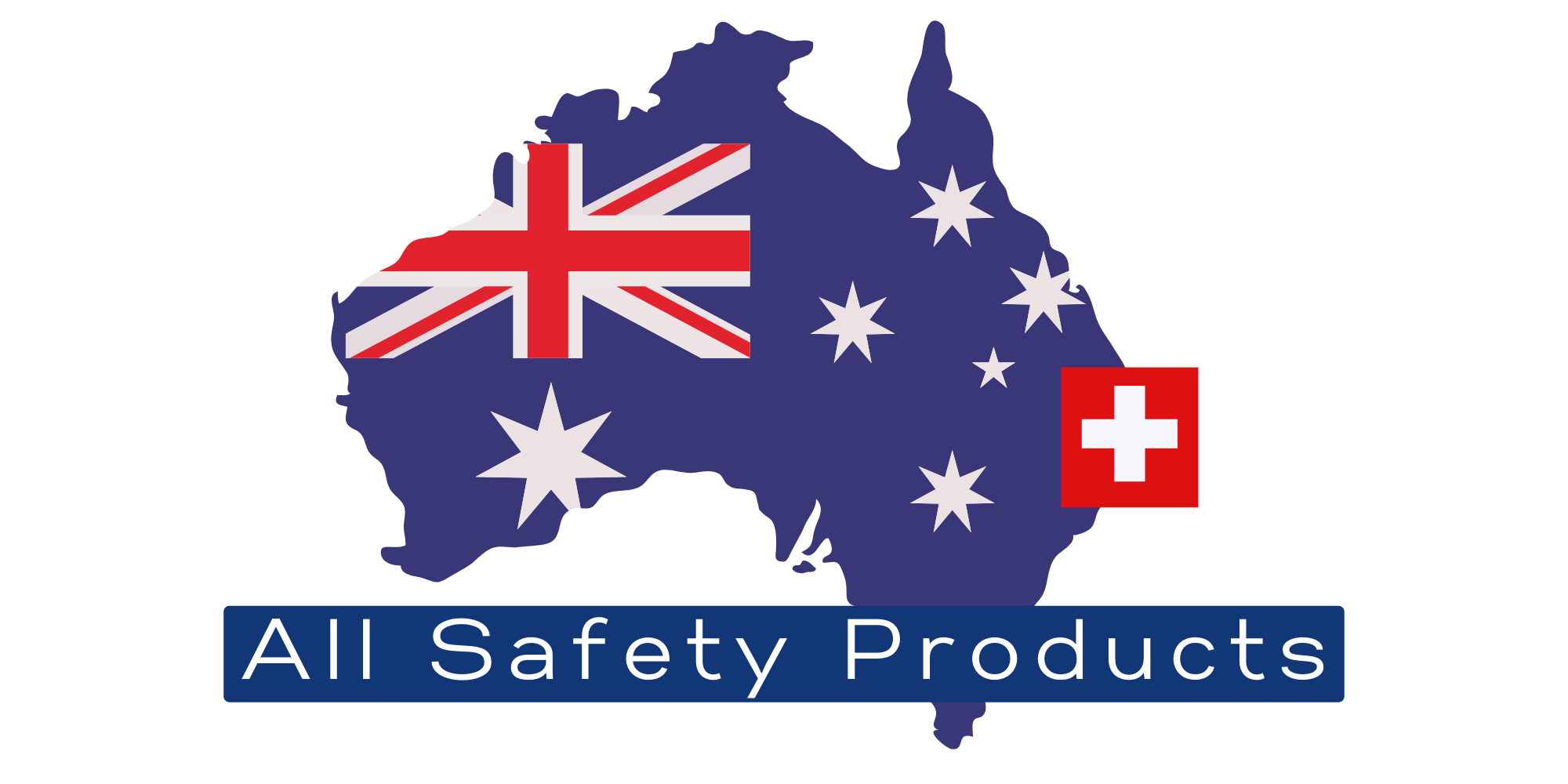


 AED Defibrillators
AED Defibrillators Cases and Cabinets
Cases and Cabinets
 Soft Pack Kits
Soft Pack Kits Marine Kits
Marine Kits Car Safety Kits
Car Safety Kits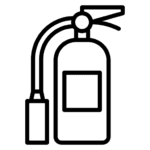
 Fire Blankets
Fire Blankets Heavy Duty Vehicle Brackets
Heavy Duty Vehicle Brackets Manifest Cabinet and SDS Holders
Manifest Cabinet and SDS Holders
 PPE
PPE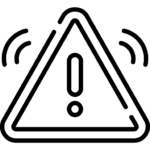 Safety Signs and Tags
Safety Signs and Tags




